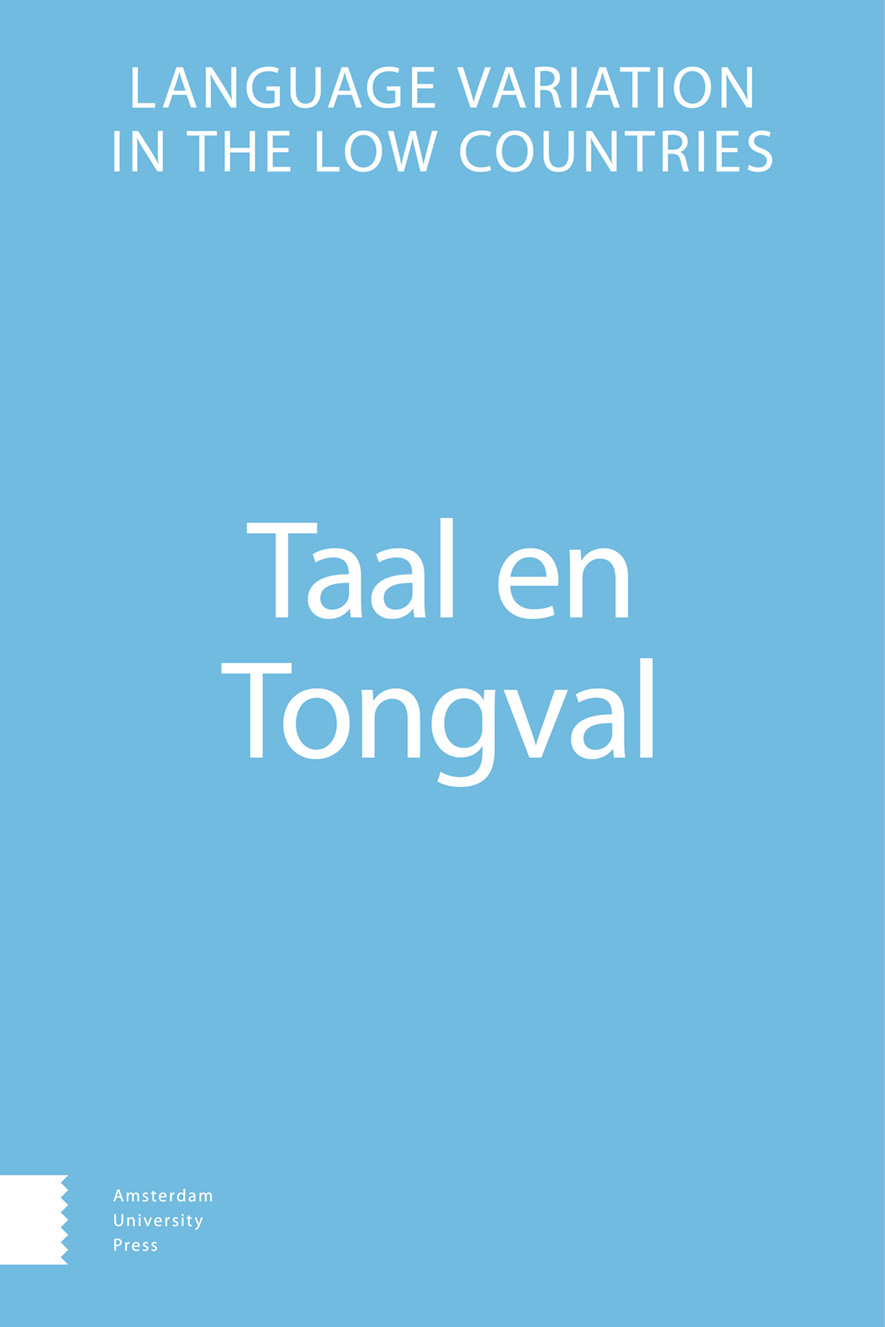- Home
- A-Z Publicaties
- Taal en Tongval
- Previous Issues
- Volume 76, Issue 1, 2024
Taal en Tongval - Volume 76, Issue 1, 2024
Volume 76, Issue 1, 2024
- Artikel
-
-
-
Het gebruik van so in de zinsaanloop in de Duitse, Nederlandse en Engelse Ponthus
Meer MinderDoor Barthe BloomAbstractThis study investigates the left peripheral uses of so in Early New High German narratives and compares them to left peripheral so in Dutch and English. In the German and Dutch Ponthus, so tends to occur with adverbial elements and normally occupies a position immediately preceding the finite verb. English so diverges from the Dutch and German both in its function and in the position it occupies within the clause. Interestingly, Dutch so combines more frequently with adverbs than with adverbial clauses. This contrasts strongly with the use of so in German, where the opposite is true. For this reason, the study further investigates the adverb + so pattern, and argues that it is not simply an extension of the resumptive function with adverbial clauses to adverbs. Instead, the adverbs seem to further specify how the following sentence connects to the preceding discourse.
-
-
- Article
-
-
-
Adpositions in schwa in Saterland Frisian
Meer MinderAuteurs: Eric Hoekstra, Bouke Slofstra & Henk WolfAbstractMany Sater Frisian adpositions may be lengthened with a schwa (-e). Our analysis reveals that lengthening is sensitive to syntactic, semantic and lexical-idiomatic factors. A necessary precondition for lengthening is that the adposition, together with the verb, expresses permanence, not change. Thus lengthening is characteristically found with immutative verbs, more specifically, copulas of predication expressing permanence like to be, to have, to sit, and so on, but not with copulas like to become. Lengthening is characteristically absent with verbs expressing a change. Lengthening is found with bare adpositions and with adpositions accompanied by an R-pronoun or a PP. Prepositions accompanied by a prepositional complement of the category DP (NP) are never lengthened, so the basic dichotomy is between prepositions, on the one hand, and all other adpositional elements, on the other hand.
-
-
- Artikel
-
-
-
Naar ploeg en koestal vluchtte uw taal
Meer MinderDoor Reitze J. JonkmanAbstractNowadays Frisian is referred to as a language, as it was thus regarded during the late Middle Ages. However, during the Early Modern Period (c. 1500 – c. 1800) the language spoken by the Frisians was referred to as ‘Nederduits’ (Low-Dutch), also by the Frisians themselves because of a feeling of loss of being a language community during the sixteenth century; the use of Frisian receded in the higher social domains and in Frisian city life. After joining the Dutch Revolt, Friesland became part of the Republic of the Seven United Netherlands, and the Frisian language was seen as part of the Low-Dutch language continuum. Frisian was called a kind of dialect, and referred to as ‘a tongue’, ‘a provincial variety’, ‘a colloquial language’, ‘a peasant language’ and as ‘uncivilized’. This ended during the Romantic Period in the nineteenth century when Frisians regarded themselves again as a distinct community with their own standard language.
-
-
- Article
-
-
-
The position of the Old Frisian system of adverbs of degree within early West Germanic
Meer MinderDoor Lourens VisserAbstractIt is disputed whether Old Frisian should be grouped with the ‘Old’ Germanic languages or the ‘Middle’ Germanic ones. However, a divide in linguistic conservativity exists between earlier and later manuscripts, which also correlates with a conspicuous dialectal variation between East and West. One aspect related to this problem of periodisation that has not yet been studied is the system of adverbs of degree, even though differences have been observed between the Old and Middle West Germanic languages in this respect. Using data from two corpora, the present study documents the Old Frisian adverbial system. A link is found with Old English and Old Saxon through the presence of swīthe (‘strongly’), but the Old West Frisian system overall is comparable to Middle Dutch and Middle Low German, making it Middle. The Old East Frisian situation, however, remains less clear. An implication of this study is that adverbs of degree and their usage patterns are highly susceptible to language contact.
-
-
Most Read This Month


